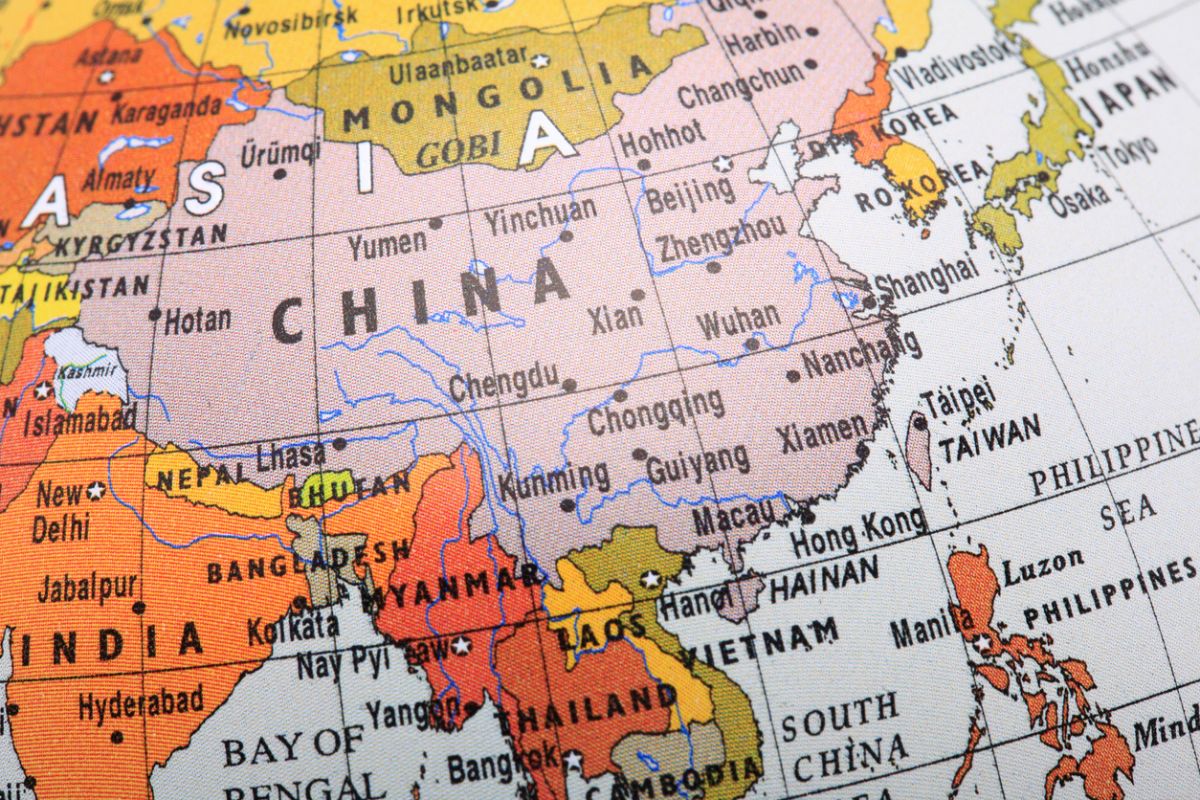India assumes Chair of Asian Disaster Preparedness Centre
India and eight neighbouring countries including Bangladesh, Cambodia, China, Nepal, Pakistan, Philippines, Sri Lanka and Thailand are the founding members of ADPC

The East Asia region has long been a focal point of global attention due to its intricate geopolitical landscape and historical rivalries. Recent developments involving Russia, China, North Korea, Japan, South Korea and Taiwan have reignited concerns about regional stability. The convergence of heightened security cooperation, joint naval manoeuvres and escalating tensions has prompted international observers to closely monitor the situation and call for a balancing act. On one side of the conflict are the USA, Japan, South Korea, and Taiwan, which have close security ties and shared interests. The balancing act for this group involves maintaining a united front while seeking peaceful resolution through diplomatic channels. Open communication and consistent engagement with regional partners are essential to prevent misunderstandings and unintended escalation. This group could work towards a more inclusive approach by inviting dialogue with the other side and demonstrating a willingness to address concerns through negotiations. On the other side, China, Russia and North Korea could engage in a balancing act by acknowledging the concerns of their neighbours and striving for transparency in their intentions. Demonstrating a commitment to peaceful resolutions and regional stability could build trust and reduce tensions. Engaging in diplomatic initiatives and bilateral talks could provide a platform for addressing grievances and finding common ground.
While the recent Camp David summit involved the USA, Japan, and South Korea, it is important to note that diplomatic efforts need not be limited to this group. True progress can occur when all relevant parties come to the table. The glimmer of hope lies in the fact that such summits provide opportunities for dialogue and cooperation among close allies. These meetings could serve as a stepping stone towards broader multilateral talks that include all stakeholders. For genuine progress, both sides should demonstrate a willingness to engage diplomatically with each other. This could involve establishing platforms for discussions, promoting confidence-building measures, and addressing concerns in a constructive manner. Engaging in track-two diplomacy, where non-governmental actors facilitate discussions, can also be valuable in building bridges between conflicting parties. While the USA is not a part of the region’s geography, its interests are interconnected with the stability of East Asia. Given its security commitments and economic ties with Japan, South Korea, and Taiwan, the USA plays a significant role in the region’s security landscape. However, it’s essential for Washington to approach its role in a way that respects the sovereignty of regional states and supports their efforts to find peaceful solutions. The balancing act involves recognising the complexity of the conflict, engaging in dialogue and fostering an environment of cooperation and trust. Both sides must take steps to address concerns and promote stability. The recent diplomatic efforts, while focused on one group of countries in the conflict, provide a foundation for broader engagement and discussions that encompass all stakeholders. Beijing, too, will have to step up and possibly keep aside for now its designs on Taiwan, and rein in Pyongyang. Peace in the region is in everyone’s interest.
Advertisement
Advertisement